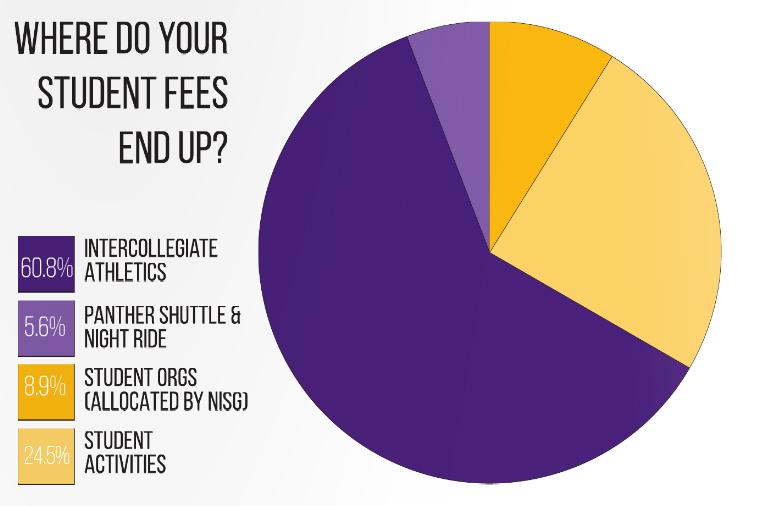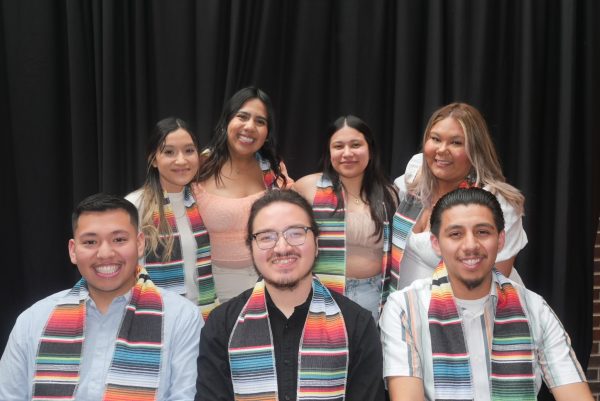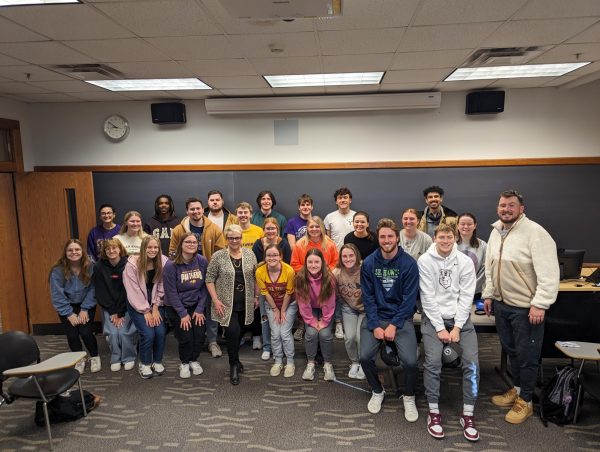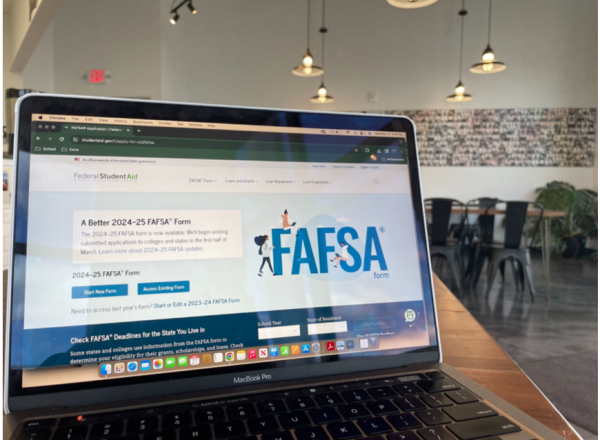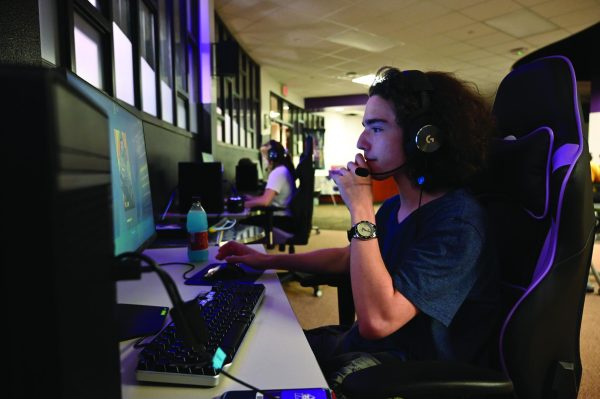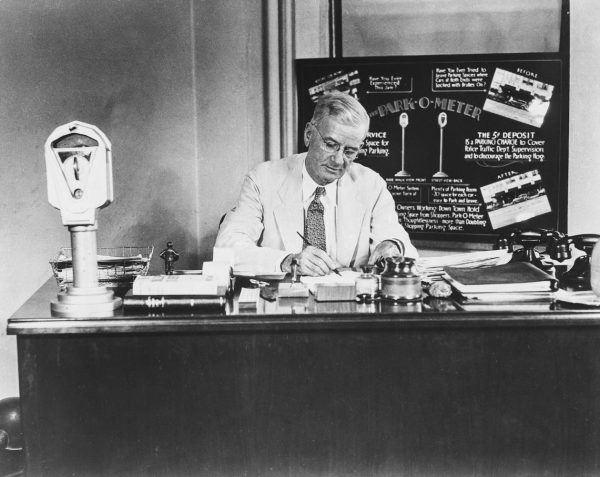Athletics are majority of student fees
Oct 6, 2016
Editor’s note: the Northern Iowan receives nine dollars per student from the Student Services Fee.
This past weekend, thousands of students packed the UNI-Dome for UNI’s Homecoming football game.
While students may have enjoyed free tickets to the game, they had already, in fact, financially contributed to the football team – and UNI’s athletic department as a whole – through mandatory student fees.
In addition to the price of tuition, students are charged with mandatory fees every year.
Danielle Massey, junior business administration major and director of administration and finance at Northern Iowa Student Government (NISG), explained what student fees are and how they are used within the university.
According to Massey, the decision process begins with the student fees committee, which recommends total student fees to the president of the university.
The president then recommends these fees to the Board of Regents, who have the final decision on public university spending.
“It’s a very hard process, which is good,” Massey said. “If you’re going to be charging students a bunch of money, you should probably make sure it’s an [appropriate] amount.”
The Student Fees Committee is made up of the NISG president, the chairperson of the NISG organization and finance committee, three at-large student seats and five at-large faculty and staff seats, according to Massey.
The faculty and staff are appointed by the university president, while the students are appointed by NISG.
Both the NISG President and the NISG finance director serve in non-voting roles due to NISG receiving their funding directly from student fees.
“Student fees is a giant, two years out, kind of plan,” Massey said. “All the line items allocate their money how they see fit. So, for example, [NISG] allocates its money through organization finance committee through me.”
Student fees are divided into two categories: the student activities fee (SAF) and the student services fee (SSF).
The SAF contains the NISG budget, which is allocated to student organizations, as well as allocations to the GBPAC, the music and theatre departments, the office of student life and the center for multicultural education, among others.
The SSF contains two allocations: intercollegiate athletics and the Panther Shuttle Bus and Weekend Safe Ride.
According to the student fee breakdown provided by Massey, the combined SSF and SAF were a total of $339 per student this academic year.
Intercollegiate athletics received $206 of the $339 paid by each student this year, which is 60.7 percent of each student’s fees and totaled $2,042,859 from student fees this year.
The next highest allocations went to student activities (music, theatre, GBPAC, office of student life, etc.), with $83.90 (24.7 percent) and student organizations through NISG, which received $30.10 per student (8.9 percent).
“I think student organizations should get more because most students aren’t necessarily involved with athletics,” said Taylor Erhardt, freshman leisure, youth and human services major. Erhardt said he does not attend many sporting events, and the funding imbalance between athletics and the arts is a way of “saying athletics is more important.”
According to Bethany West, the associate athletic director for business, the athletic department had a budget of about $14 million this year, meaning student fees made up around 14.6 percent of the athletic department’s total budget.
The remainder of the budget consists of funding from NCAA and conference distribution, ticket sales, donations, media rights and sponsorships, as well as institutional support.
West explained that the funds are transferred from the university to the athletics department in lump sums (50 percent in the fall and 50 percent in the spring), but that the department does not allocate money to different sports or departments in lump sums.
“Intercollegiate athletics is committed to having a positive relationship with the student body and the university community,” West said in a statement to the Northern Iowan. “We support the university mission by providing a dynamic, personalized learning environment for students outside of the classroom and by enhancing student life.”
According to the statement, more than 370 students participate in the 17 NCAA sports on campus, as well as the thousands of reported students who attend athletic events throughout the year.
The statement concluded that a reduction in student fees would result in a potential reduction of scholarships and staffing to cover fixed costs within the department.
Sophomore social science education major Brenna Wolfe said NISG should get more money allocated from student fees.
“NISG does so much for our campus, and they fund student organizations,” Wolfe said. “Because of NISG, almost every student gets to feel involved in a community on our campus.”
Wolfe, however, primarily focused on the lack of transparency and information, saying, “I just want to know how they use this money.”


